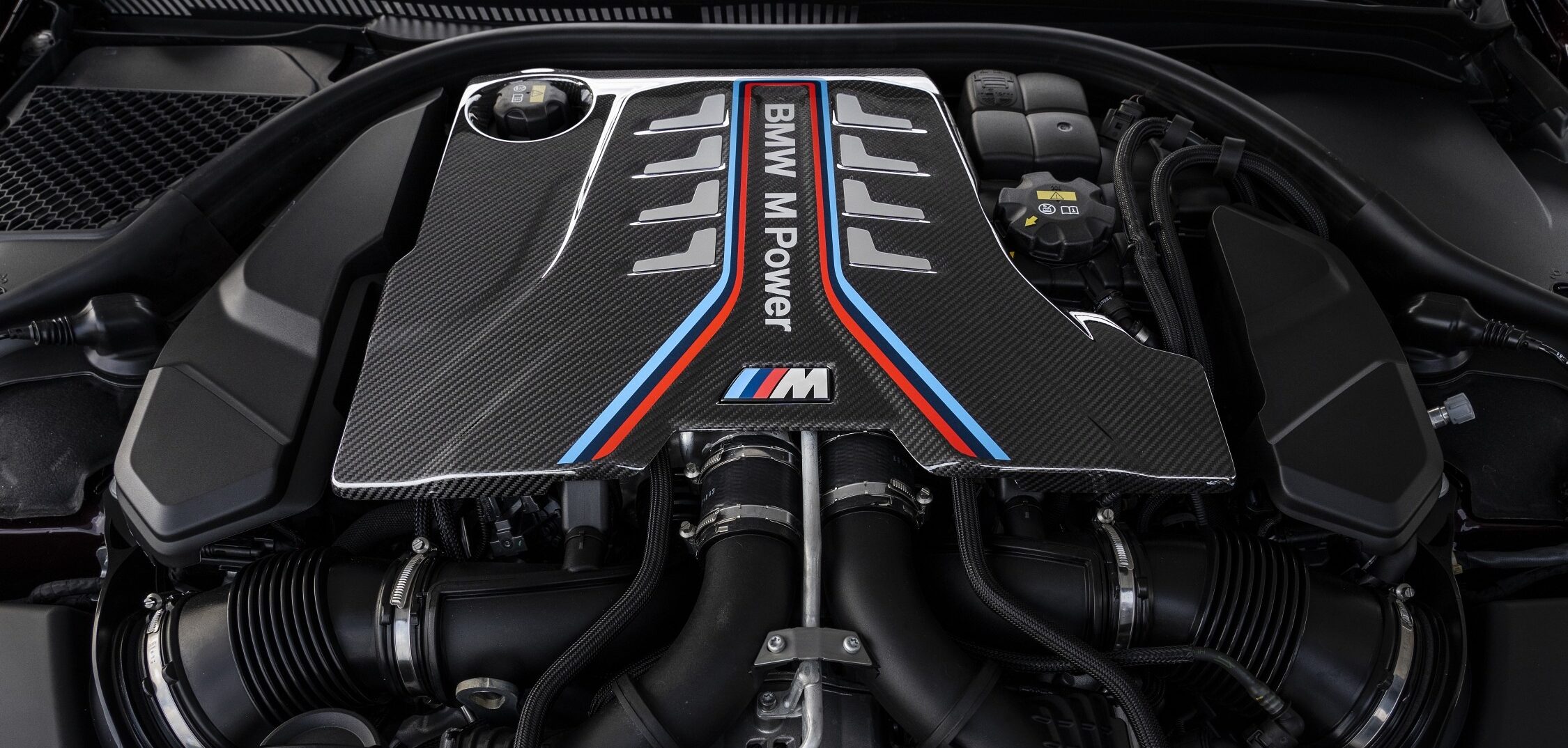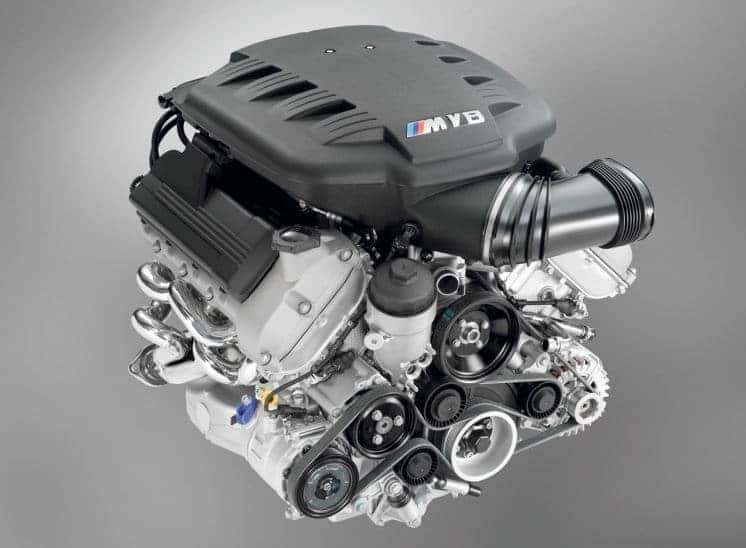Exploring the Development of Burning Engines in Modern Transportation Systems
As we navigate the landscape of modern-day transport, the development of combustion engines stands as a testament to human resourcefulness and design prowess. The interplay of background, innovation, and environmental worries in shaping the trajectory of burning engines creates a narrative that is both insightful and compelling.
Early Beginnings of Combustion Engines
How did the principle of combustion engines very first arise in the beginning of transportation advancement? When the principles of internal combustion were first checked out, the roots of burning engines can be traced back to the 17th century. In 1673, Christian Huygens conceptualized a standard interior burning engine that used gunpowder to generate power. It had not been till the late 19th century that useful applications of burning engines in transport started to arise.
The innovation moment included the creation of the first successful gasoline-powered engine by Karl Benz in 1885 - bmw engine. This engine led the way for the advancement of the contemporary car, transforming transportation systems worldwide. Succeeding advancements by Nikolaus Otto and Gottlieb Daimler better fine-tuned burning engine modern technology, causing the mass production of cars and the fast development of the transport sector
These very early combustion engines were defined by their simplicity and performance, laying the structure for the complex and powerful engines made use of in modern transportation systems. The evolution of combustion engines has actually been instrumental fit the means we take a trip and move items, noting a significant landmark in the background of transportation development.
Change to Internal Burning Modern Technology
The transition to interior combustion modern technology marked a pivotal change in the evolution of transportation systems. This change began in the late 19th century, with inventors like Nikolaus Otto and Gottlieb Daimler creating the very first effective interior combustion engines. These engines revolutionized transportation by providing an extra effective and reliable option to heavy steam engines and electrical motors.
Among the key advantages of interior combustion engines was their capability to be reduced to match lorries, bring about the advancement of autos and motorbikes. This shift from cumbersome, stationary engines to portable, mobile ones led the way for the modern transport systems we see today.
The transition to internal combustion innovation also spurred advancements in gas innovation, bring about the advancement of gas and diesel as main gas sources for automobiles. This shift not just made transport more easily accessible to the masses however additionally laid the structure for the oil and gas market to come to be important to worldwide economic situations.
Influence of Combustion Engines on Transport
The adoption of combustion engines in transport systems catalyzed a profound shift in the effectiveness and rate of global mobility. Combustion engines transformed transport by giving a functional and reliable source of power for different vehicles, consisting of cars and trucks, ships, trucks, and aircrafts. This development significantly boosted the capacity click for source for people and products to conform long ranges in much shorter time structures, causing increased connectivity in between areas and countries.
Moreover, the prevalent usage of combustion engines has actually had a considerable influence on financial growth. The capability to transport goods effectively has actually spurred profession and commerce, allowing services to broaden their markets and reach customers worldwide. This has actually promoted economic growth and globalization, as products can currently be transferred quicker and in larger amounts than in the past.
However, the ecological impact of combustion engines can not be ignored. The burning of nonrenewable fuel sources has caused air pollution and greenhouse gas discharges, adding to climate modification and positioning health and wellness risks to populations. bmw engine. Therefore, there is a growing focus on establishing different propulsion technologies to minimize these adverse results and develop a much more lasting future for transport
Innovations in Burning Engine Style
One remarkable innovation is the development of turbocharged engines, which use exhaust gases to drive a wind turbine that presses incoming air, allowing for even more gas to be burnt, resulting in increased power result without a considerable boost in engine dimension. Variable shutoff timing systems have actually also reinvented engine layout by maximizing air movement at different engine speeds, enhancing both power and efficiency. These advancements collectively contribute to the constant improvement of burning engines in contemporary transportation go to this site systems.
Future Trends in Combustion Engine Advancement
With innovation advancements driving continual advancement, the future of combustion engine advancement is poised to revolutionize transport systems worldwide. Among the key fads in combustion engine growth is the push in the direction of greater performance and minimized exhausts. Producers are spending greatly in research study and advancement to boost engine efficiency while fulfilling rigid environmental policies. This includes the combination of advanced gas injection systems, boosted turbocharging methods, and making use of lightweight materials to maximize gas intake and lower carbon discharges.
An additional prominent pattern is the adoption of hybrid modern technologies in burning engines. Hybrid engines integrate conventional burning modern technology with electrical power, providing boosted fuel efficiency and lower emissions. As the automotive market changes in the direction of electrification, hybrid combustion engines are viewed as a transitional remedy that links the space in between standard lorries and completely electrical ones.
Additionally, the combination of wise innovations, such as fabricated knowledge and data analytics, is anticipated to play a considerable role in the future of burning engine advancement. These technologies can maximize engine performance in real-time, bring about more efficient burning procedures and boosted general automobile performance. Accepting these future trends will not just drive development in combustion engine growth however also add to a much more sustainable and eco-friendly transportation community.

Conclusion
In final thought, the advancement of burning engines in contemporary transportation systems has been marked by significant advancements in innovation and style. From the early beginnings of burning engines to the transition to interior burning innovation, these engines have had a profound influence on transport.
The origins of combustion engines can be traced back to the 17th century when the concepts of inner combustion were very first discovered. These engines reinvented transport by offering an extra efficient and effective choice to vapor engines and electric motors.
